It was later in life that he began to celebrate the pride of his bloodline, and he would occasionally tell me stories of the 'First People'. These were the fables that often explained the geology of the landscape, or the behavior of animals with a rich mixture wit and character.
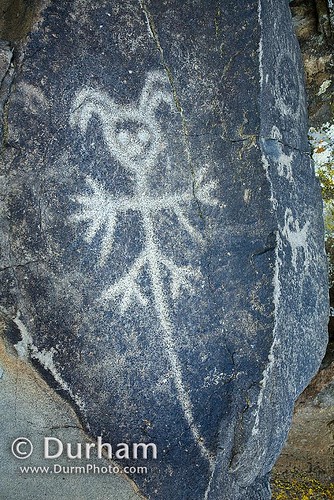
I'm not sure if this is the origin of my fascination with the scattered bits of rock art that survive in the West, or it just an appreciation for the deep history of they represent. Nonetheless, when I see a gallery of ancient rock art I feel instantly connected to the past, and I try to imagine the man or woman that worked the surface of a rock to imbue it with meaning. Perhaps the meanings are practical (such as a warning or a marker indicating the direction of good fishing) or magical (a prayer for good hunting) but time has removed our understanding.
The work seen here are all from the Columbia River Gorge. Some are from well hidden galleries that have mostly survived by their difficult locations.

Others are famously accessible, and have survived attempts at vandalism and defacement.
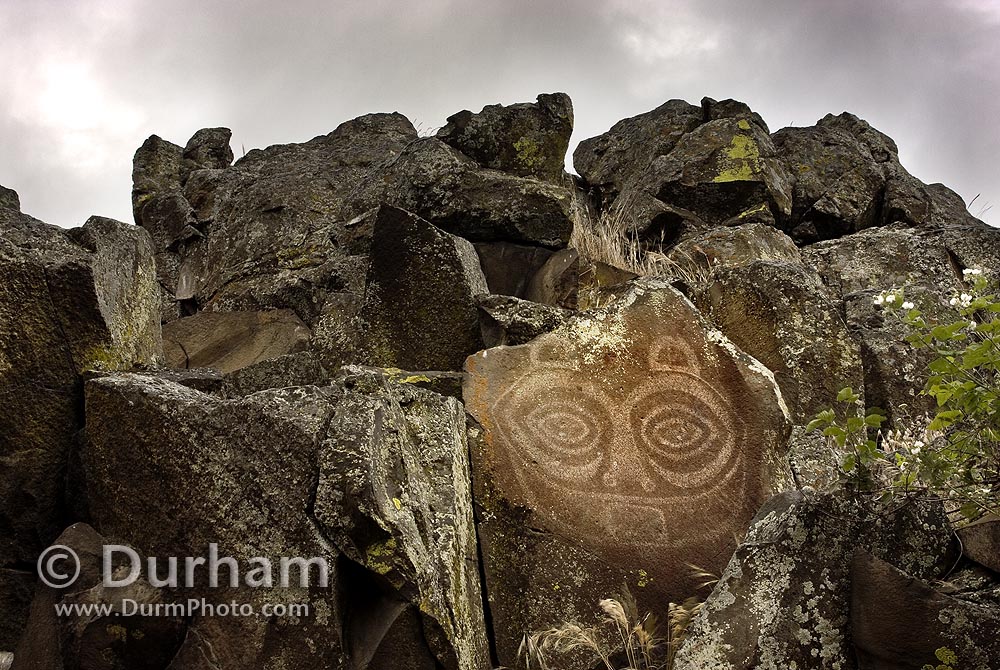
I was guided to this (below) remarkable pictograph/petroglyph by a geologist who asked that I never reveal the location. It has the most striking and preserved color that I have seen in Columbia River Gorge rock art.
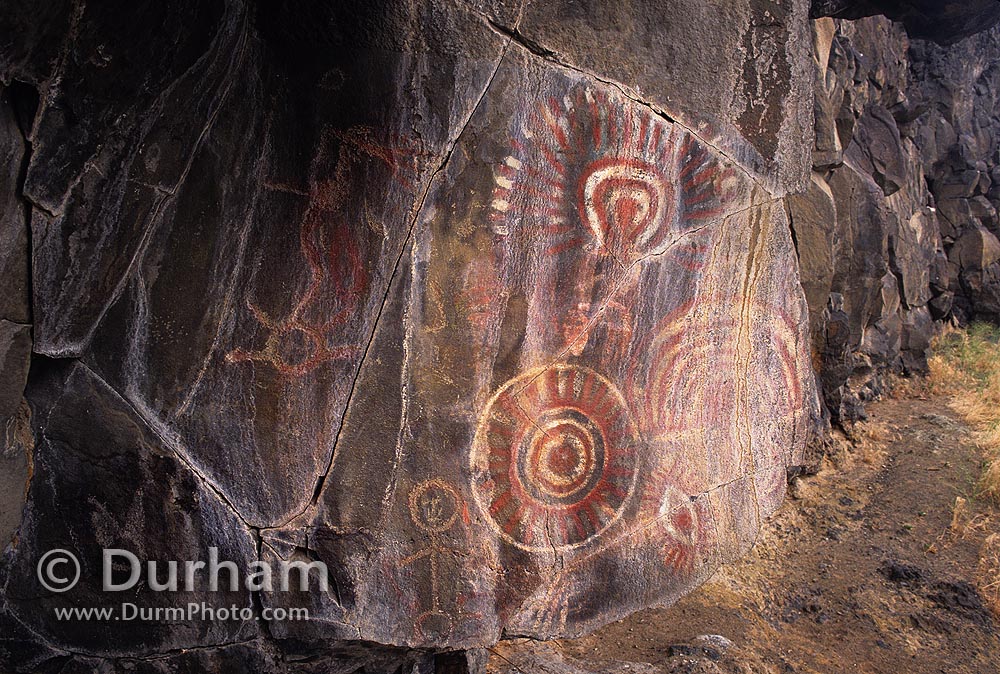
Much of the rock art is believed to have been etched into the rock between 1000 and 3000 years ago. Some places have whole galleries of work that were probably worked on for generations.
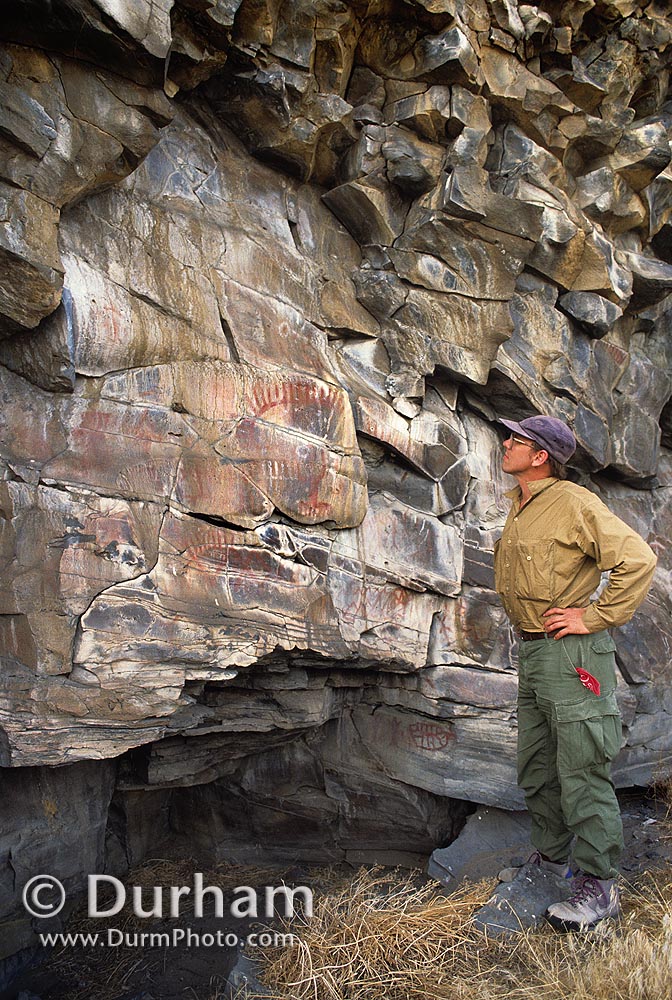
There was a famously rich collection of indigenous rock art in "Petroglyph Canyon" along the shores of the Columbia River. The entire canyon was flooded by the construction of The Dalles Dam in 1957. However, in the months before the water was to rise, the Army Corps Of Engineers removed some of the most interesting and complex pieces and placed them in storage until 2004 when the "Temani Pesh-wa" trail (also "written on rock" trail) was created in Columbia Hills State Park on the Washington side of the Gorge. Below are a three examples from the trail.
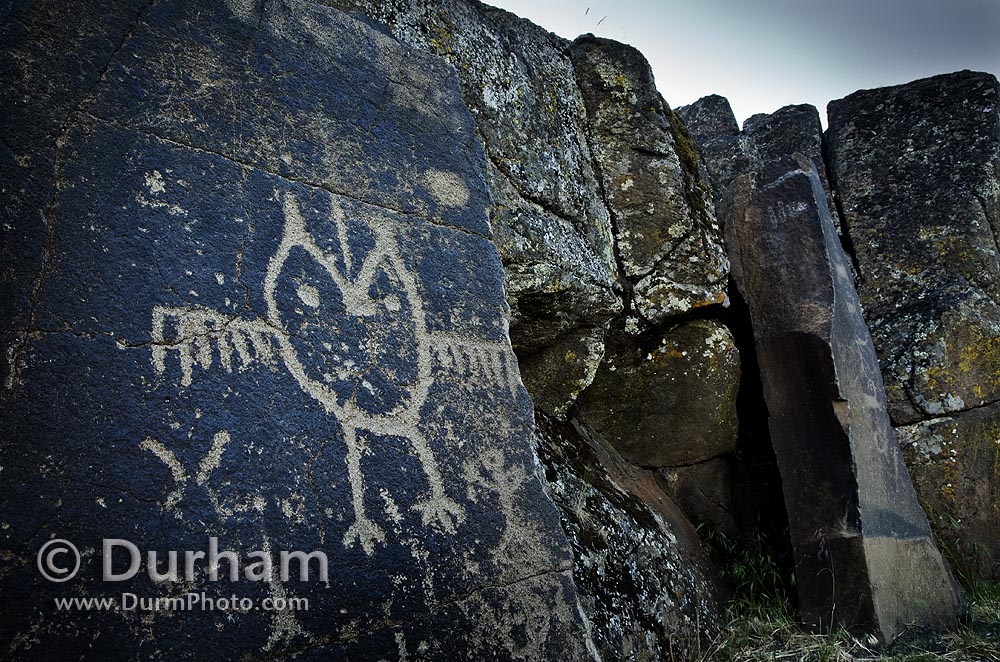
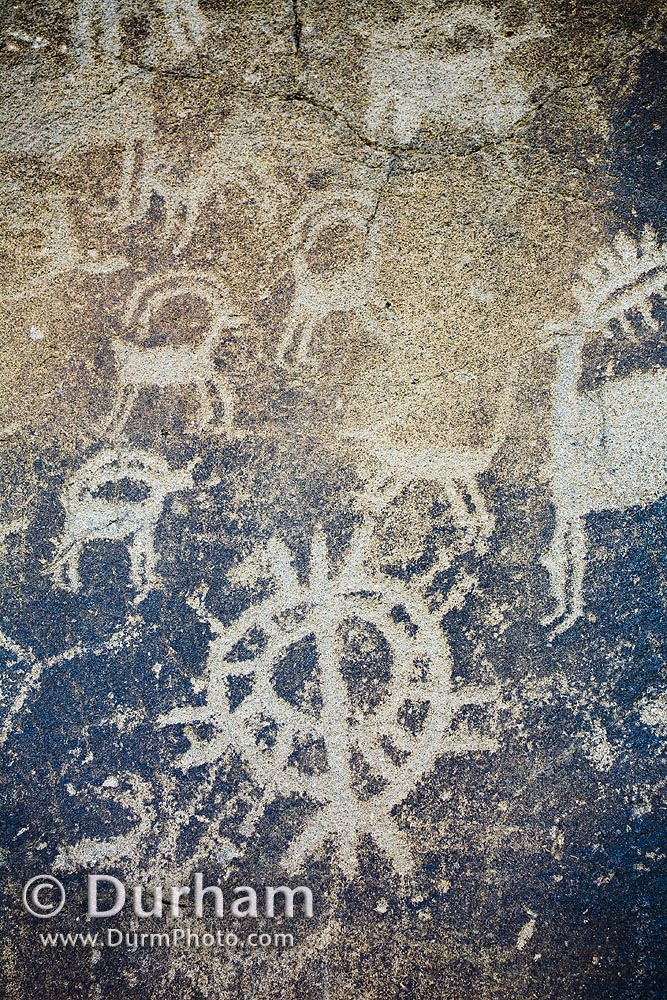

Then there is the legend of "She Who Watches" or "Tsagaglalal". The trail that leads to this remarkable example of rock art is now closed except to guided tours because of problems with vandals. I heard about this famous petroglyph as a child when my grandfather told me of it. I have hiked in to see it several times, but a few weeks ago I brought my wife and daughter along on a guided trek. One woman who joined the group had been wanting to see Tsagaglalal for years and she had traveled from the mid-west just to do so.
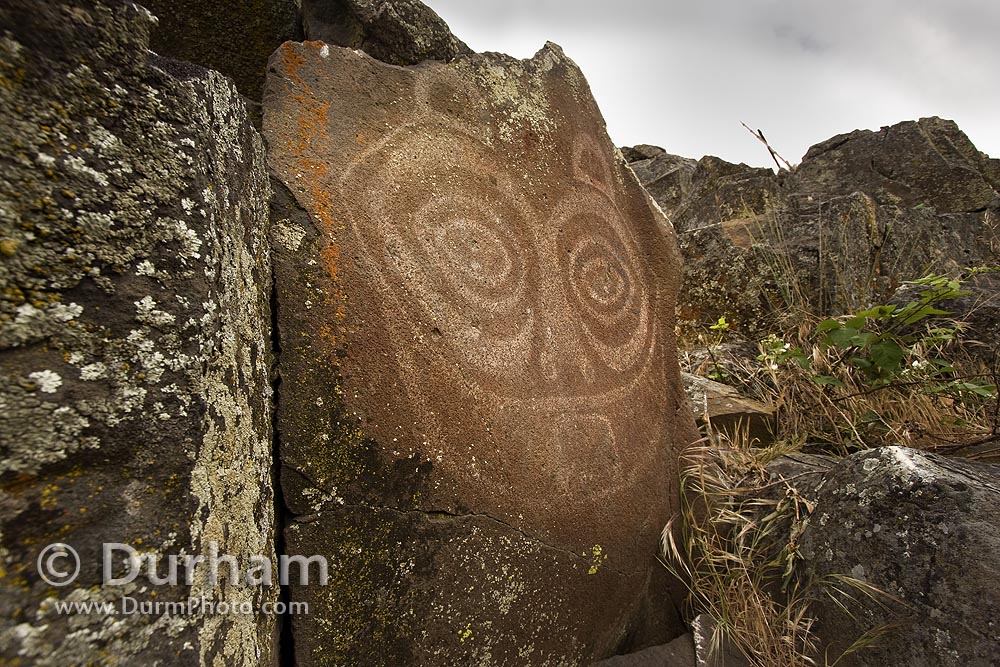
There are several stories behind She Who Watches. The most widely told is as follows: A woman had a house where the village of Nixluidix was later built. She was chief of all who lived in the region. That was a long time before Coyote came up the river and changed things and people were not yet real people. After a time Coyote in his travels came to this place and asked the inhabitants if they were living well or ill. They sent him to their chief who lived up on the rocks, where she could look down on the village and know what was going on.
Coyote climbed up to the house on the rocks and asked "What kind of living do you give these people? Do you treat them well or are you one of those evil women?" "I am teaching them to live well and build good houses," she said.
"Soon the world will change," said Coyote, "and women will no longer be chiefs." Then he changed her into a rock with the command, "You shall stay here and watch over the people who live here."
All the people know that Tsagaglalae sees all things, for whenever they are looking at her those large eyes are watching them.
-"Stone Age on the Columbia River" by Emory Strong, 1959


1 comment:
Thank you for these beautiful pictures
Post a Comment